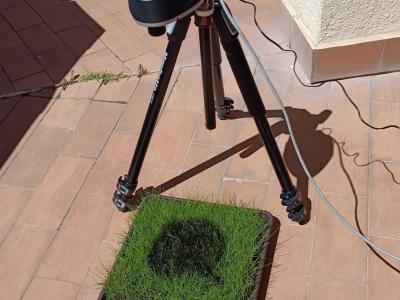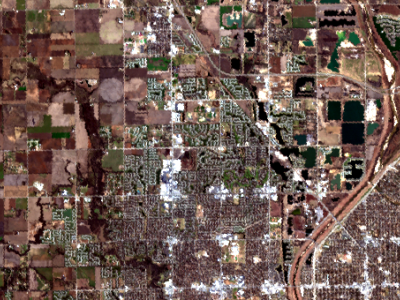
Hyperspectral imaging (HSI) has become a pivotal tool for environmental monitoring, particularly in identifying and analyzing hydrocarbon spills. This study presents an Internet of Things (IoT)-based framework for the collection, management, and analysis of hyperspectral data, employing a controlled experimental setup to simulate hydrocarbon contamination. Using a state-of-the-art hyperspectral camera, a dataset of 116 images was generated, encompassing temporal and spectral variations of gasoline, thinner, and motor oil spills.
- Categories:



